Many things must be considered when choosing a type of mortgage. Before settling on specifics such as fixed rate or adjustable rate, you’ll need to decide between government and conventional programs, and it’s important to know the differences. Both government programs (FHA, USDA and VA loans, etc.) and conventional programs have pros and cons, depending on your situation.
The most common government loan is a FHA loan. “FHA” stands for Federal Housing Administration, which insures these loans. The federal government insures loans through the approved lenders in order to reduce the risk of a loss to the lender in the case of a homeowner defaulting on their mortgage. Mortgage insurance premiums are part of this protection. Through this system, borrowers pay an upfront fee and a monthly premium. Generally, the mortgage insurance stays in place for the life of the loan. By having these standards and this protection, the FHA is able to lend to borrowers with lower credit scores, and with options for low down payments.
Conventional loans must comply with the guidelines set by Fannie Mae and Freddie Mac, the government-sponsored enterprises that buy mortgages on the secondary market. Fannie and Freddie’s guidelines are stricter than the FHA, and include good credit, strong financial status and larger down payments. However, these strict policies allow for a quicker and easier approval process. Conventional loans do not require any upfront mortgage insurance payment, but private mortgage insurance is, in fact, required if the borrower makes less than a 20% down payment. Once 22% has been paid, the mortgage insurance is removed automatically.
When you are ready to purchase a home, I would love to meet with you and help you decide which loan type is the best for your financial situation. Call me today to set up an appointment.



